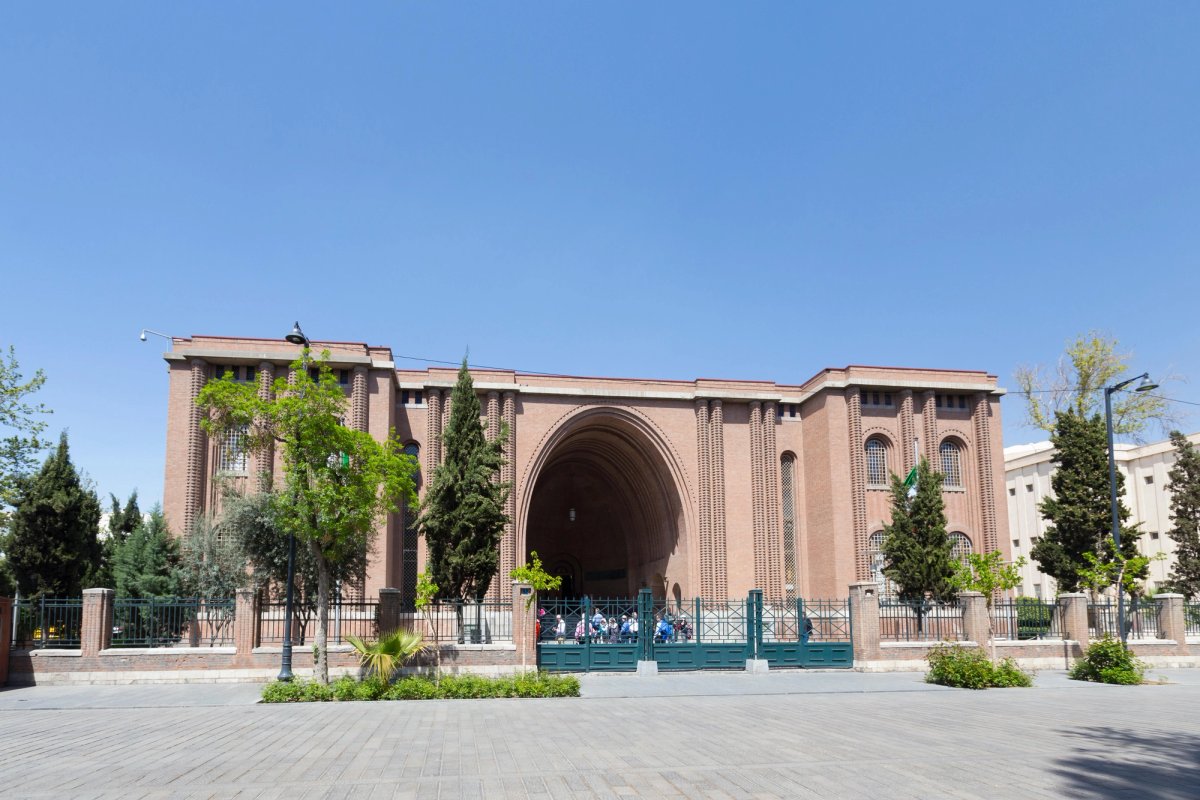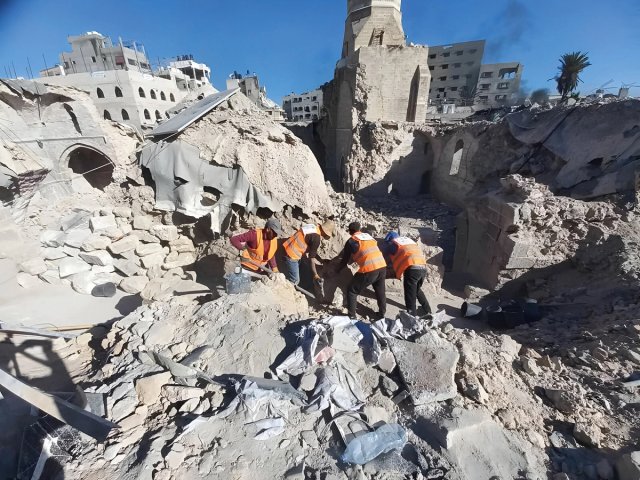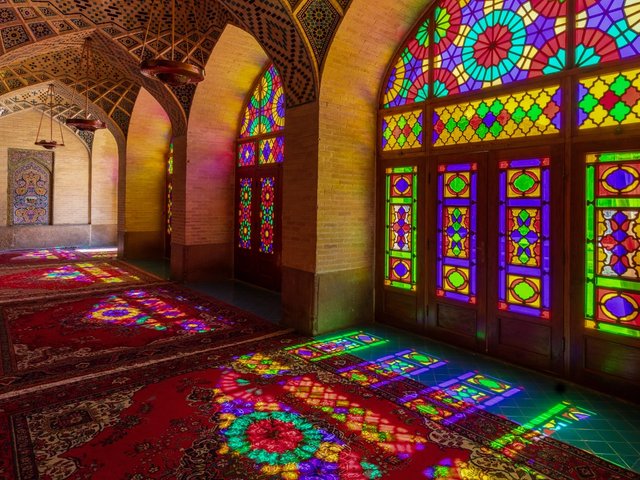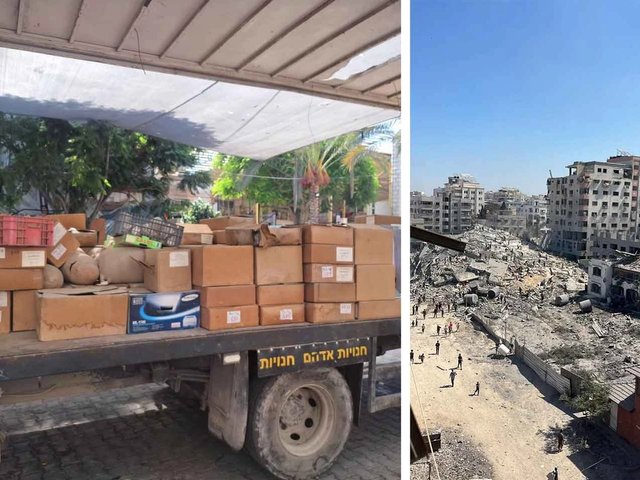As the conflict with Israel continues to escalate, Iran has closed its museums and cultural heritage sites until further notice, according to local news reports. Officials have also ordered valuable artefacts across the country to be relocated to secure storage facilities.
In the early hours of Friday, Israel carried out air strikes on Iran, targeting "dozens of military targets, including nuclear targets in different areas of Iran", its military said. The same day, Ali Darabi, Iran’s deputy minister of cultural heritage, tourism and handicraft, told local media he had ordered “custodians of artefacts” to follow crisis protocols, the most urgent being the transfer of objects to secure locations. He also announced the immediate closure of all museums and historic sites. By Saturday, the ministry confirmed to local media that all key artefacts had been transferred to secure storerooms.
Home to more than 800 museums, 28 Unesco World Heritage Sites and a cultural history spanning thousands of years, Iran holds vast and diverse collections. Tehran's National Museum of Iran alone houses more than 300,000 objects, while the Tehran Museum of Contemporary Art boasts an important collection of masterpieces by artists such as Pablo Picasso, Vincent van Gogh, Andy Warhol and Jackson Pollock (estimated in 2018 to be worth as much as $3bn). Around 300 museums are overseen by the ministry, the rest are run by other institutes including municipalities, the Mostazafan (the underprivileged) Foundation or private owners. All have been instructed to follow the same emergency protocols to prevent looting, damage or destruction.
The conflict between Israel and Iran has escalated over the past week. On Monday, Israel published a map ordering residents of District 3 in Tehran, home to more than 300,000 people, to evacuate. Iran responded by issuing an evacuation warning to Israeli citizens in cities such as Haifa and Tel Aviv. By the early hours of Tuesday, US President Donald Trump posted on social media calling for the entire population of Tehran, more than 10 million people, to leave the city. Civilian casualties are rising on both sides.
Despite the ongoing bombardments, efforts to safeguard cultural heritage are continuing. In the southern province of Fars, which is home to three Unesco sites including the ancient ruins of Persepolis, the capital of the Achaemenid Empire (518 BC), officials told local news outlets that artefacts from all its 47 state and private museums have been transferred to secure storage.
In Isfahan, which contains three Unesco heritage sites, more than 22,000 historical structures, and over 600 historic houses, officials stated that all valuable artefacts have also been relocated. Amir Karamzadeh, the director general of the province’s cultural heritage, tourism and handicraft, told local media that while museums are closed, “historical sites are currently operating in accordance with security protocols,” and may shut down if the attacks intensify. He added that, if necessary, the military and law enforcement would be called upon to strengthen security measures. Cultural sites contacted by The Art Newspaper did not answer and most websites were down.
Although Israeli strikes in Isfahan have reportedly targeted military and nuclear facilities on the outskirts of the city, cultural professionals remain concerned about the effects of the blasts. The ministry’s experts have warned that repeated shockwaves from explosions may cause long-term structural damage to historic structures. Several residents told The Art Newspaper that blasts could be heard inside the city, day and night.
On Monday, the Society for Iranian Archaeology, an independent, non-governmental academic organisation dedicated to the documentation, study, and preservation of Iran’s archaeological and cultural heritage, posted a statement on its Telegram account condemning the Israeli attacks in the country and urging Unesco, Blue Shield and Icomos to “closely monitor the situation” and activate emergency mechanisms to protect cultural heritage.
“Cultural heritage is not only the patrimony of a single nation—it is a legacy shared by all humanity. Its destruction constitutes a profound assault on identity, memory, and the foundations of peace,” the statement said. “We call for immediate, coordinated international action to safeguard human life, protect cultural heritage, and defend the values of international law and shared humanity,” the statement said.
The group also called on the international community to uphold their commitments under international law and take urgent, concrete measures to prevent further escalation and irreversible harm.
Leila Khosravi, the director general of Iran’s museums, told the state-run Hamshahri newspaper that museums and historic sites with participation of emergency services hold annual drills for various scenarios including earthquakes, air raids and fire. “We are fully prepared to protect these assets and national treasures of Iran. Even in this time of crisis, they will remain safely preserved, as they have in the past,” she said.
According to Iran’s health ministry, at least 224 people have been killed by Israeli airstrikes in Iran since Friday, including women and children; thousands have been injured. Israeli officials say Iranian missiles have killed at least 24 people and injured over 500, including women and children.
UPDATE: This article was updated on 18 June to include a statement from the Society for Iranian Archaeology





